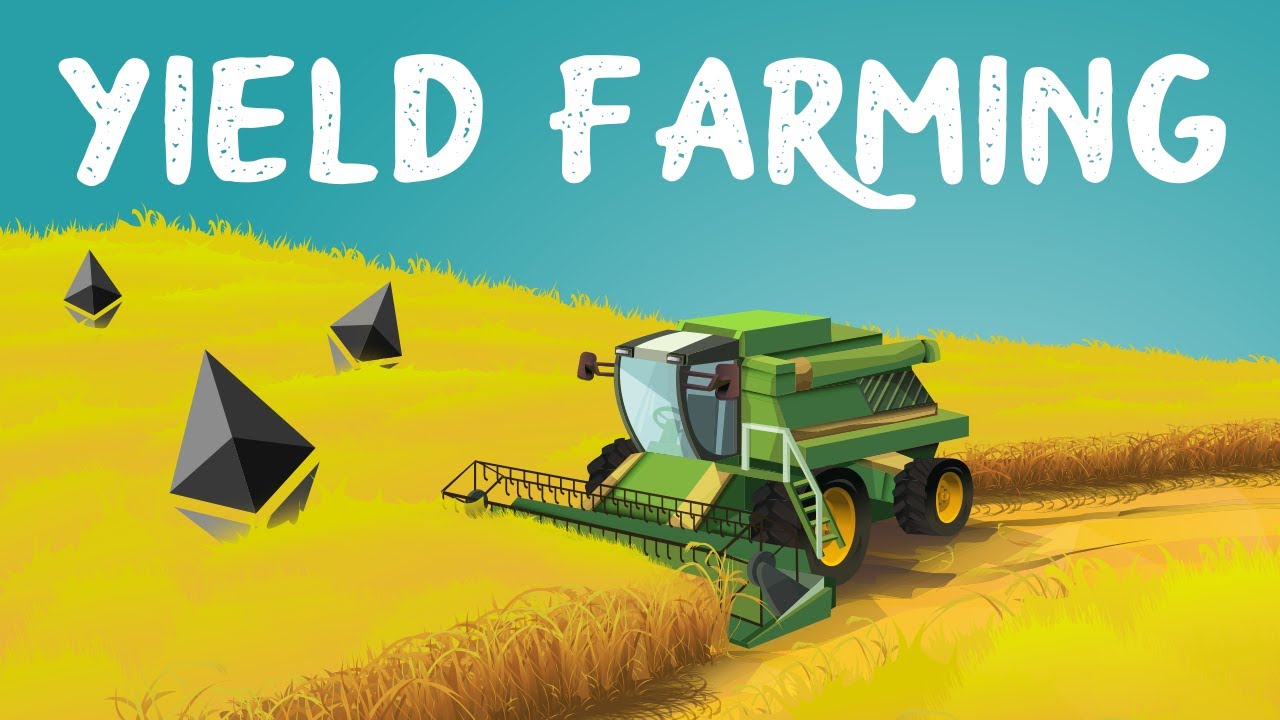Yield farmingIn the world of crypto money, it is a method of obtaining additional income by using your assets on certain platforms. It is basically based on the principle of providing liquidity and earning rewards. The process takes place through decentralized finance (DeFi) protocols. Users create passive income by locking their funds in smart contracts. This process promises higher returns, unlike traditional banking.
Basic Working Logic of Yield Farming
Yield farming begins with users adding funds to their liquidity pools. liquidity poolsIt consists of asset parities traded on decentralized exchanges (DEX). For example, if you provide liquidity for the ETH/USDT trading pair, you contribute to this pool. In return, you get a share of the transaction fees. Additionally, some protocols distribute their own tokens to participants as rewards. These tokens generally represent management rights of the platform.
The process is automated through smart contracts. Rewards accumulate until you withdraw your funds. However, you may face the risk of “temporary loss” when providing liquidity. This risk arises from sudden fluctuations in asset prices.
Difference Between Yield Farming and Staking
staking and yield farming are two concepts that are often confused. Staking involves locking up tokens to secure blockchain networks. Rewards are given for your contribution to the functioning of the network. Yield farming, on the other hand, focuses on providing liquidity and interacting with protocols.

While rewards are generally fixed in staking, they vary in yield farming. Additionally, yield farming requires more technical knowledge. It is necessary to monitor liquidity pools, manage reward tokens and calculate risks.
What are the Advantages of Yield Farming?
Yield farming offers high return potential compared to traditional investment instruments. Some protocols can promise annual returns of over 100 percent. It also provides global and unlimited access. Users from all over the world can join the system with an internet connection.
Liquidity providers directly contribute to the growth of protocols. In this way, profits are made while supporting the development of the ecosystem. Reward tokens may generate additional profits when they gain value in the future.
Risks of Yield Farming and Things to Consider
High returns also bring high risks. Security vulnerabilities in smart contracts can lead to loss of funds. in 2021 poly network And Cream Finance Hacking attacks on protocols such as are prime examples of this. Additionally, price fluctuations in liquidity pools increase the risk of “temporary loss”.
Lack of regulation is also an important risk factor. States introducing regulations for DeFi may change the way protocols work. Finally, if the liquidity of reward tokens is low, it may be difficult to convert your winnings into cash.
To minimize risks, it is essential to choose reliable protocols. Therefore, it is wise to review audit reports, follow community feedback, and start with small amounts.
Popular Cryptocurrency Platforms Used in Yield Farming
Uniswap, SushiSwap And Curve Finance are the most well-known liquidity pool platforms. Uniswap is used to provide liquidity in ETH-based token pairs. Curve Finance, on the other hand, focuses on stablecoins and offers low risk of temporary losses.
compound And Aave Protocols such as offer yield farming options based on lending/borrowing. You can borrow money or earn interest in cryptocurrency by providing collateral on these platforms. PancakeSwap It attracts attention with its low transaction fees on BNB Smart Chain.
Steps to Follow to Start Yield Farming
The first step is to create a crypto wallet. MetaMask, Trust Wallet or Ledger Options such as are available. Then, you should transfer the cryptocurrencies you want to provide liquidity to your wallet. You should then connect to your preferred DeFi platform.
When choosing a liquidity pool, look at Annual Percentage Yield (APY) rates and pool size. Although small pools offer high returns, they are risky. After adding your funds, you will receive your LP tokens (liquidity provider tokens). You can earn additional income by staking these tokens in another protocol.
The Future of Yield Farming and Predictions
With the growth of DeFi, yield farming seems to become more accessible. In particular, Layer 2 solutions attract users by reducing transaction fees. Insurance protocols are becoming increasingly common to reduce smart contract risks.
Decentralized identity systems increase secure access to platforms. Additionally, with the increased interest of institutional investors in DeFi, liquidity pools can be expected to become more stable.

Disclaimer: The information contained in this article does not constitute investment advice. Investors should be aware that cryptocurrencies carry high volatility and therefore risk, and should carry out their transactions in line with their own research.








